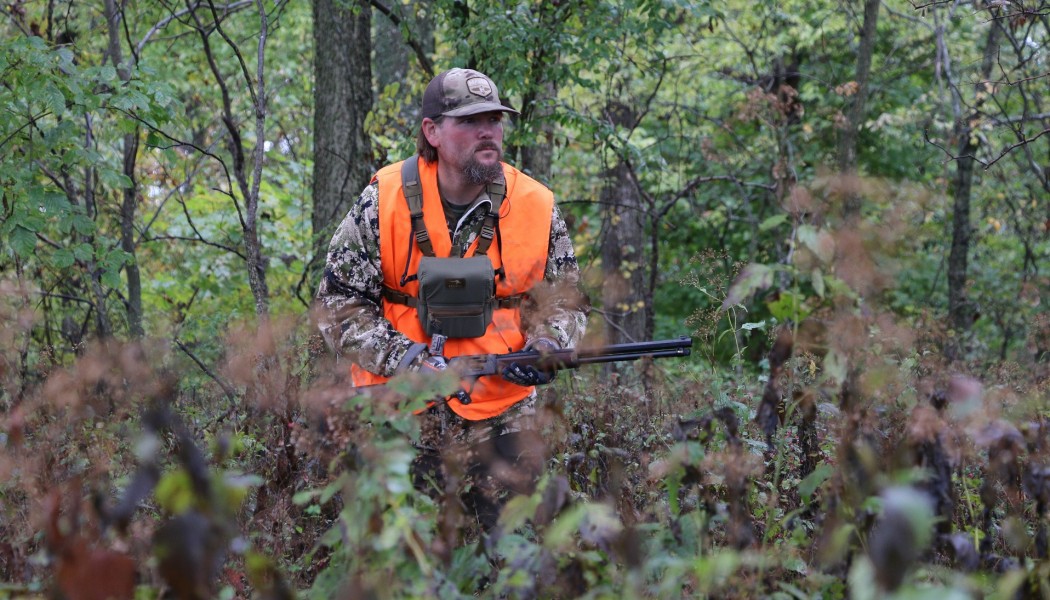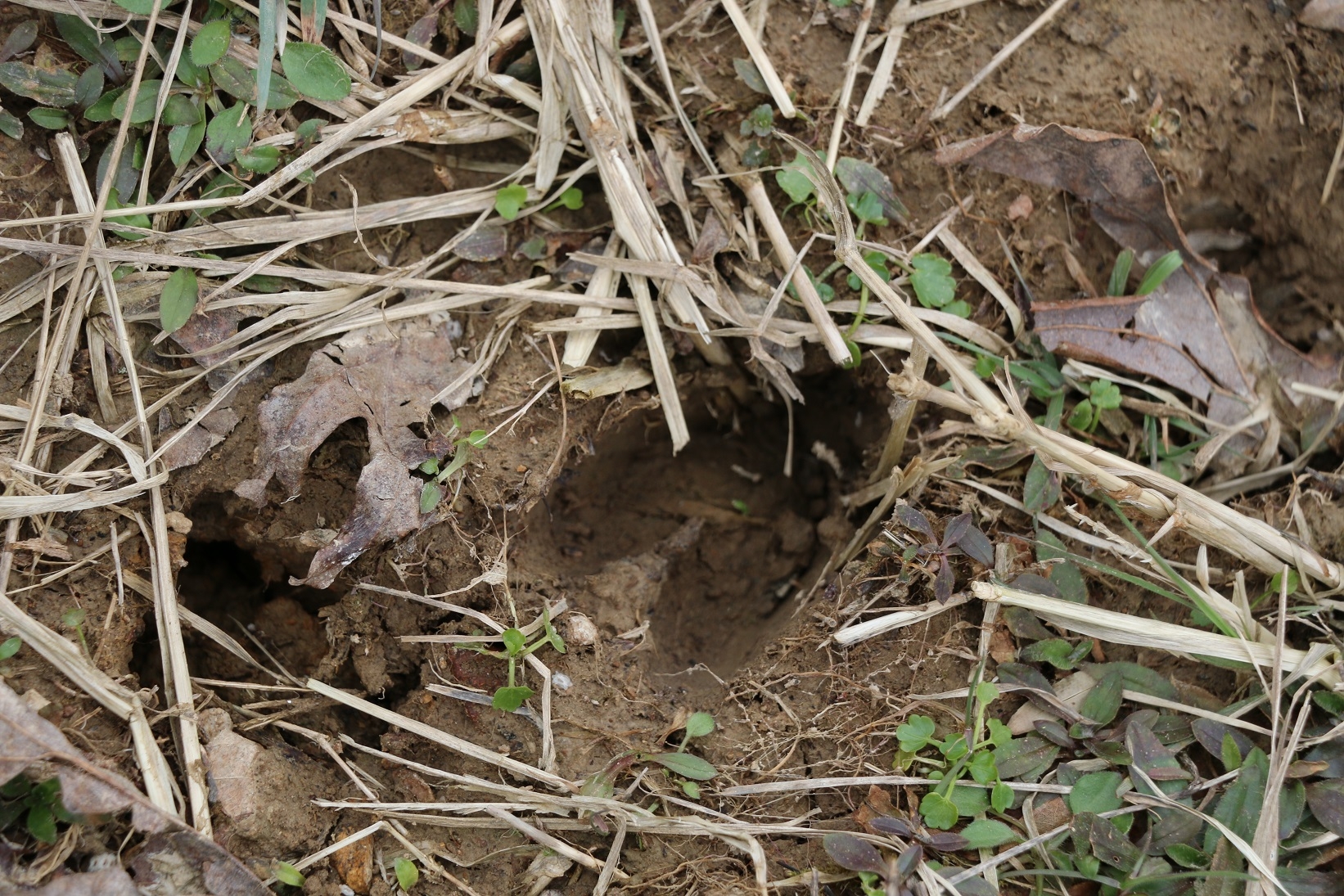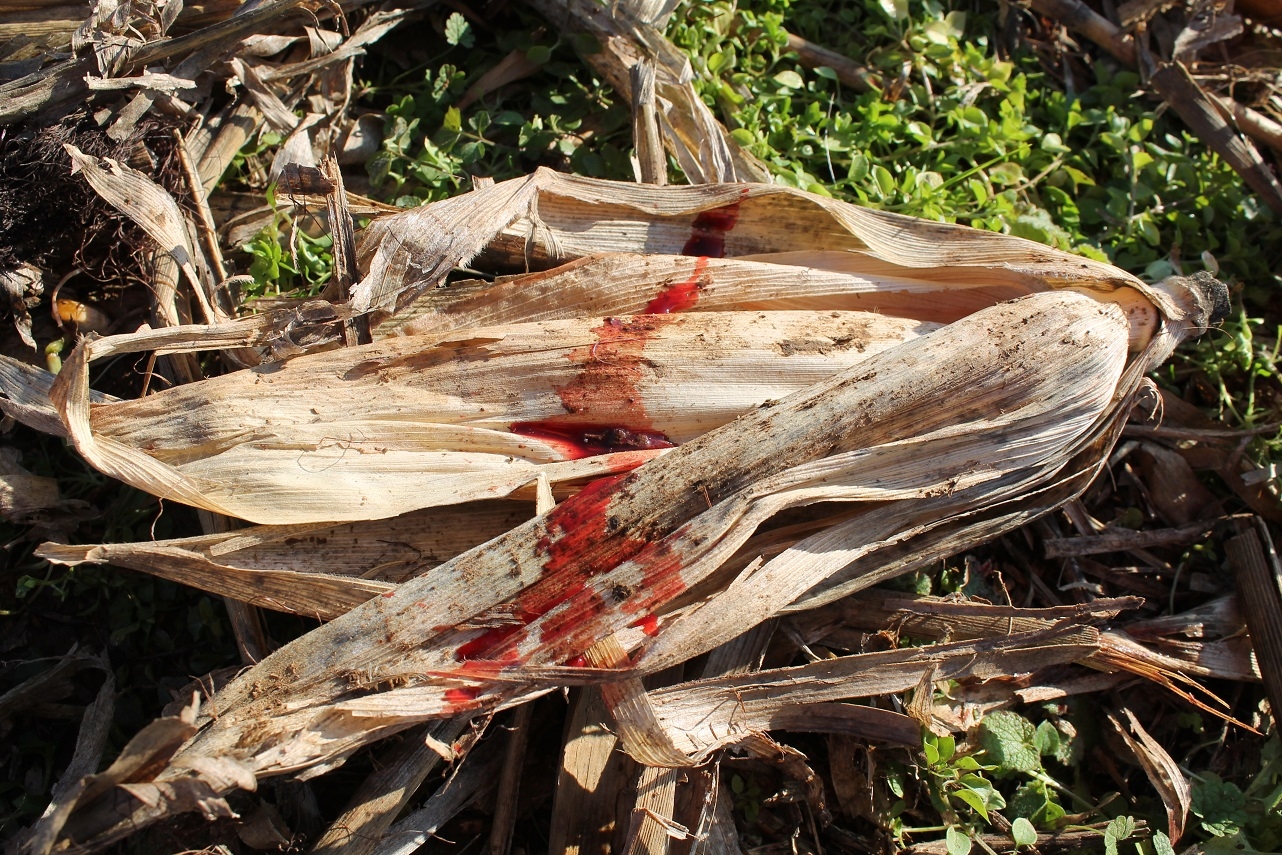
Become a fieldcraft master when you perfect these 20 skills.
The days of highly skilled individuals surviving and doing all things in the outdoors are diminishing. Once a widespread knowledgebase, fieldcraft is now fading into the days of yesteryear, yester-decade, or perhaps more accurately, yester-century. Simply put, people aren’t as … hardy, rugged, or grizzled as they once were. Fieldcraft is a fading skillset.
The question remains — why? It’s simple. The sorts of people who were once common weren’t born that way, they were taught. And people aren’t teaching, or learning, nearly as much as they used to.
While this is in no way a complete guide to fieldcraft, it is a beginner’s list for fieldcraft basics. If you're keen to improve your skills, check out the following 20 things to kickstart your life as a fieldcraft fanatic.
1. General Woodsmanship
While it’s more of a generalization than specific skill, woodsmanship is essential for those who aspire to elevate their fieldcraft game. This is certainly a wide-ranging subject, but it involves things from navigation to blood trailing and much more. Those who aspire to master fieldcraft certainly need to become proficient in general woodsmanship.
Learn More - https://mdwfp.com/media/news/wildlife-hunting/woodsmanship/
2. Identifying Tree and Plant Species
Tree and plant identification is another important skillset. Learning plant species is an integral part of being successful in the field. This is true for hunters who are attempting to determine where their quarry might be feeding, and for scavengers who are searching for safe-to-eat herbaceous foods of their own.
Learn More - https://www.realtree.com/deer-hunting/galleries/18-trees-whitetails-need-and-how-to-identify-them-0
3. Understanding Game Species Behavior
Those who are chasing specific game species need to learn the ins and outs of their day-to-day behaviors. These things change throughout the hunting season based on conditions, weather, time of year, and much more. Being completely in tune with what animals do, as well as when, where, and why they do it, is a skillset successful hunters understand. Predicting the behavior of your target is crucial.
Learn More - https://www.realtree.com/deer-hunting/articles/how-to-hunt-big-old-mature-bucks

Photo Credit: Honeycutt Creative
4. Tracking and Trailing Game
Depending on the type of hunting style deployed, tracking becomes more or less important. But when scouting, it’s very important to at least recognize tracks, trails, scat, and other sign left behind. Being able to read that sign, determine its freshness, and even use it to follow and locate game is also very beneficial, especially in certain settings, such as with snow on the ground. Furthermore, after shooting an animal, being able to efficiently and effectively blood trail and find game, even when blood is sparse or non-existent, is a much-needed skill.
Learn More - https://www.themeateater.com/hunt/big-game/how-to-blood-trail-and-track-game-animals

Being able to track and trail animals is a critical skillset. Photo credit: Honeycutt Creative
5. Learning Your Equipment
Always purchase the best equipment you can afford. Furthermore, regardless of how inexperienced or advanced you are, it’s vital to learn that equipment to the best of your ability. Doing so will make you more effective at using it for its designated purpose. This in turn will help you complete the objective or reach the desired goal.
Learn More - https://www.spypoint.com/en/project-spypoint

A complete working knowledge of your equipment is a major aspect of fieldcraft. (Honeycutt Creative photo)
6. Wearing Effective Camouflage
Wearing camouflage is an excellent method for hiding from whatever you are pursuing. When doing so, you want to accomplish one of two things — either look like something or look like nothing. To look like something, you want to appear like a specific object that won’t alert the target. To look like nothing, you want to fade into the environment around you. In either instance, you want to blend into your surroundings.
Learn More - https://www.outdoorlife.com/gear/best-hunting-camo/
7. Mastering Movement
Regardless of how effective your camouflage is, you must master the art of movement. No matter your targeted game species, you’re in their house, and most mammals have incredible eyesight. Even whitetails, which don’t see well in human terms — they’d fail a driver’s license visual test — they’re much better than we are at detecting movement, and so are most other animals in the wild.
Learn More - https://deerassociation.com/9-ways-to-conceal-movement-while-hunting/
8. Mastering Noise
Whitetails and other big game species have incredible hearing. While their technical hearing abilities might not far surpass that of our own, they are much more in tune with each sound they detect. In that regard, they are vastly more capable than we are at detecting, deciphering, and homing in on the locations of noises they hear. Therefore, it’s crucial to be as quiet as possible. When you must make noise, match the environment around you. When walking, be very slow to reduce noise. Perhaps sound like a turkey that’s walking and scratching. The point is, sound like nothing, or sound like something deer won’t even raise their head to look at. And never make plastic-based, metallic-related, or other foreign sounds wildlife species recognized as unnatural for their environment.
Learn More - https://www.realtree.com/brow-tines-and-backstrap/how-to-be-quiet-while-deer-hunting
9. Mastering Scent
Most prey and predator species alike rely on their nose as their best offense or defense. This makes mastering scent incredibly important. Accomplish this in several steps. First, remove as much of your scent as possible, such as by using Dead Down Wind, or something similar. Do this on your clothing, gear, and your own body. Then, monitor the wind. Select entry routes, treestand locations, and exit routes that carry your scent away from the target.
Learn More - https://www.deeranddeerhunting.com/content/articles/10-scent-control-tips-to-help-you-see-more-deer
10. Mastering Stealth
In addition to learning the basics of avoiding the eyes, ears, and nose of your quarry, there’s even more to mastering stealth. True stealth involves staying completely off the radar, and that’s not easy when targeting animals that live in the environment you spend little time in. They have the upper hand. They’ll notice changes, even things as minute as a moved log, new treestand, fresh hunting blind, etc. Because of this, aside from land management changes that attract and benefit wildlife, it’s important to be as unobtrusive as possible. Plan your entry and exit routes to minimize the likelihood of deer seeing, hearing, or smelling you. Consider stalking to your hunting spot so you force yourself to move slowly. Refrain from touching and moving objects along your path. And if game sees you, and they don’t spook, keep moving until out of sight so they think you left. Then, if possible, circle back around to your hunting location.
Learn More - https://www.fieldandstream.com/articles/hunting/2011/02/25-old-school-skills/
11. Tying Useful Knots
Every fieldcraft fanatic must know how to tie quality hunting knots. Options such as bowlines, constrictor, clove hitch, half hitch, double half hitch, double fishermen’s, figure eight, sheet bend, square, and other knots are very important for general fieldcraft use. Learning these, and their proper applications, is extremely important afield.
Learn More - https://www.outdoorlife.com/photos/gallery/hunting/2012/02/essential-knots-how-tie-20-knots-will-keep-you-alive/
12. Acquiring Navigation Skills
Hunters who spend time afield must learn how to navigate the outdoors. This is true for both safety and effectiveness. Knowing where you are, where you are going, and how to get there, is important. Having and using the proper tools is great, too. Things such as compasses, maps, digital apps, such as HuntStand, and other things come to mind. However, being able to use more primitive means, such as the sun and stars, is important, too, especially in survival situations.
Learn More - https://www.outdoorlife.com/sponsored-post/huntstand-pro-hunting-app/
13. Using Survival Gear
Assembling the proper survival gear is one of the more important things you can do to thrive and stay alive. These are things you’ll potentially need in sticky situations. Having the proper survival gear on hand, and knowing when, where, why, and how to use these items, can save your life, or someone else’s.
Learn More - https://safariclub.org/hunt-doctors-what-to-pack-in-a-survival-kit/
14. Knowing First Aid
Having and understanding survival gear is important. However, knowing first aid is important, too. Being able to address specific problems in a pinch, and doing so with clear thoughts and a level head, can be the difference in a positive or negative outcome. Know first aid and how to implement it in real-life scenarios.
Learn More - https://gearjunkie.com/outdoor/hunt-fish/hunting-first-aid-common-injuries
15. Starting a Fire
Those who plan to spend much time in the field should know how to start a fire. This isn’t something just anyone can do without training. And it’s a very important skill for those who end up needing to quickly get warm, spend the night afield, etc.
Learn More - https://www.outdoorlife.com/survival/how-to-start-fire/
16. Purifying Water
Those who find themselves stranded in the outdoors, or who simply plan to be there for much time, must learn how to find and purify water. This is an even more important skill than being able to find food.
Learn More - https://www.outdoorlife.com/survival-skills-ways-to-purify-water/
17. Securing and Cooking Food
Being able to find food is important. Having the skills to cook it is equally so. Know where to find food, how to capture or secure it, and how to prepare it for safe consumption. Remember, not everything is edible, or worth the calories it takes to prepare it.
Learn More - https://www.popularmechanics.com/adventure/outdoors/tips/a24203/eat-forage-food-wild-alone-history-channel/
18. Finding Shelter
Anyone who plans to spend the night afield or finds themselves in a position where they must do so, needs to understand the ins and outs of finding shelter. There are numerous ways to do this, but each of these are defined skills.
Learn More - https://www.outdoorlife.com/story/survival/natural-shelters-that-will-save-your-life/
19. Creating Shelter
In the event you can’t find shelter, it’s important to know how to create it. This too is another skillset that is found within the very fabric of fieldcraft. Knowing how to shield yourself from the elements can make you more comfortable and even save your life.
Learn More - https://www.outdoorlife.com/survival-shelters-15-best-designs-wilderness-shelters/
20. Putting Safety First
Regardless of what you do, always put safety first. While all aspects of outdoor adventure carry some level of risk, common sense and good education can help you steer clear of bad situations. Thinking before taking action, being aware of surroundings, and putting safety ahead of all else will lead you down the right path more times than not.
Learn More - https://www.hunter-ed.com

The author poses with a downed deer, a result of implementing a variety of fieldcraft basics. (Winchester photo)
Bonus: Taking Hunter Education
Anyone who plans to handle weaponry, hunt wildlife, or merely spend time afield should consider taking a hunter education course. In fact, in virtually every instance, this is a legal requirement before going afield, especially if over state-designated age thresholds. Taking these courses will introduce you to many of the fieldcraft basics outlined above and will set you on the right course for becoming a fieldcraft fanatic.
Learn More - https://www.hunter-ed.com
Fieldcraft Q&As
Q: What is fieldcraft?
A: This involves the techniques used in the field to be a better hunter, survivalist, and overall outdoorsman or woman.
Q: Who should master fieldcraft basics?
A: Anyone who plans to or might find themselves spending time in the outdoors should master fieldcraft basics, and even its more distinguished skillsets.
Q: When and where are fieldcraft skills applicable?
A: Fieldcraft skills are applicable anywhere in the outdoors where the user will be more or less isolated in an outdoors-centric task.
Q: How can someone learn fieldcraft?
A: Fieldcraft isn’t a lifestyle that’s learned overnight. It takes time, and a variety of sources and teachers, to learn a complete understanding of fieldcraft.
Q: How do you hide from your target animal when hunting?
A: You hide from your target animal by evading its eyes, ears, and nose. Accomplishing this is an extraordinarily difficult task but is attainable with effective implementation of a variety of skillsets. This is part of fieldcraft.



